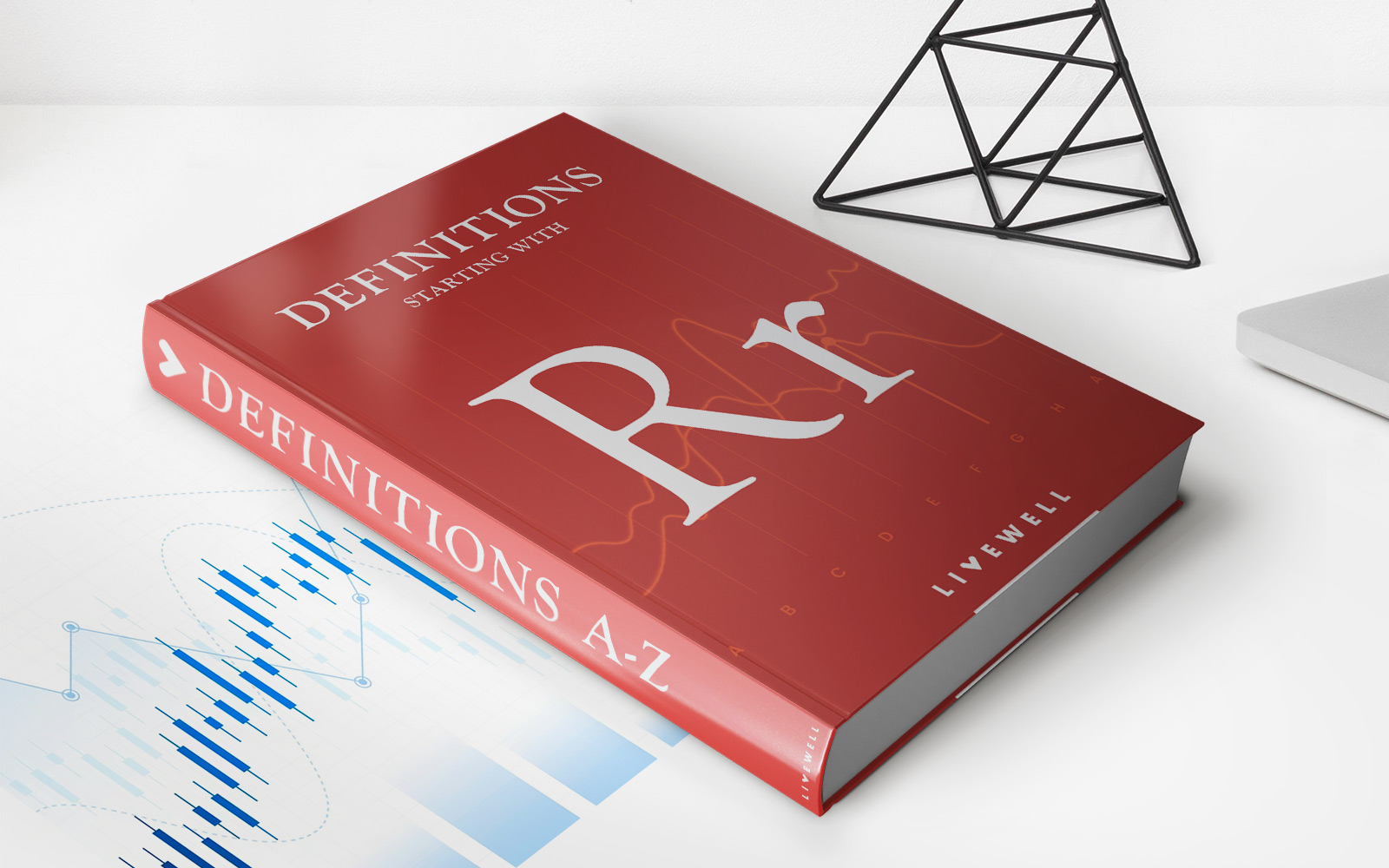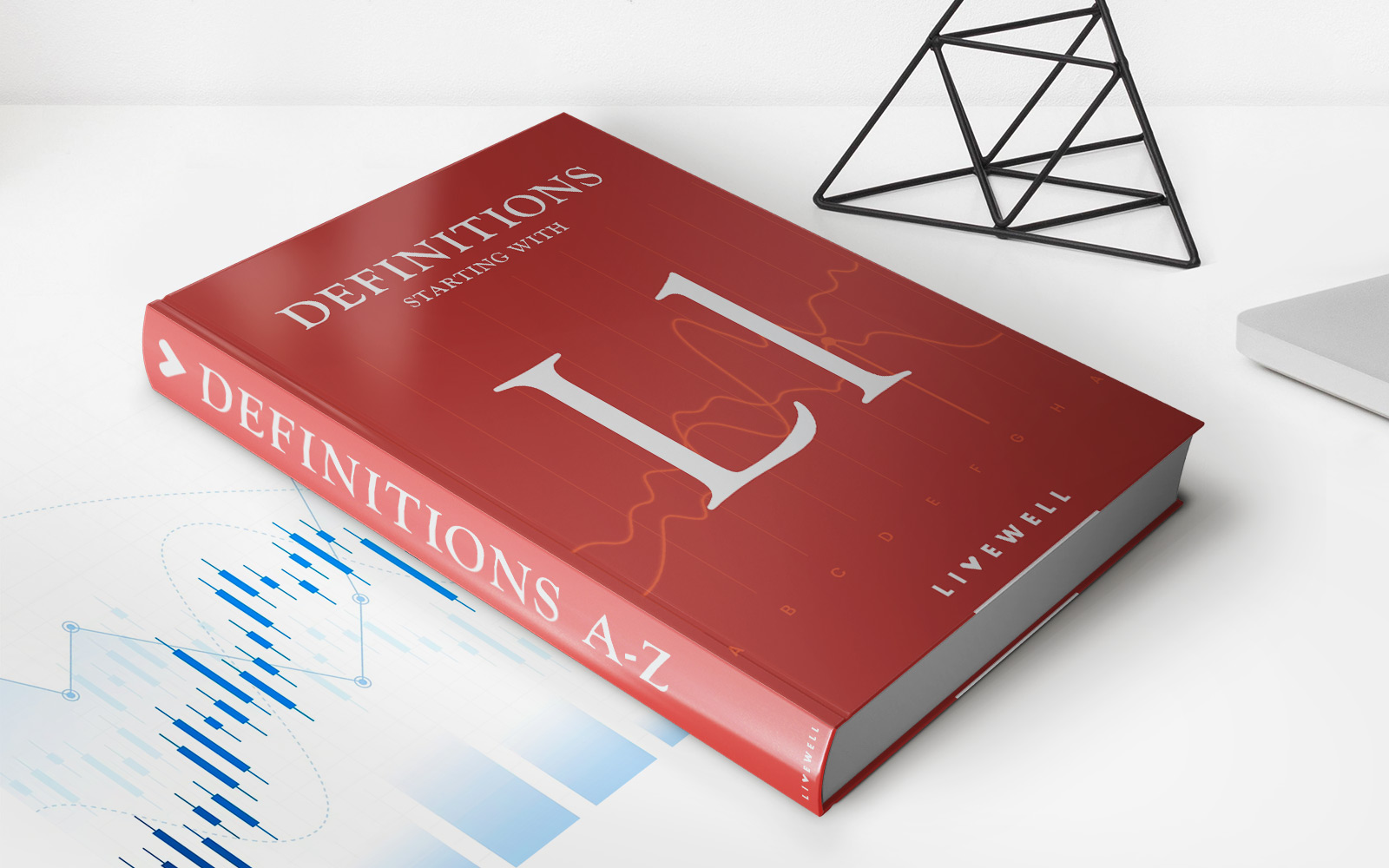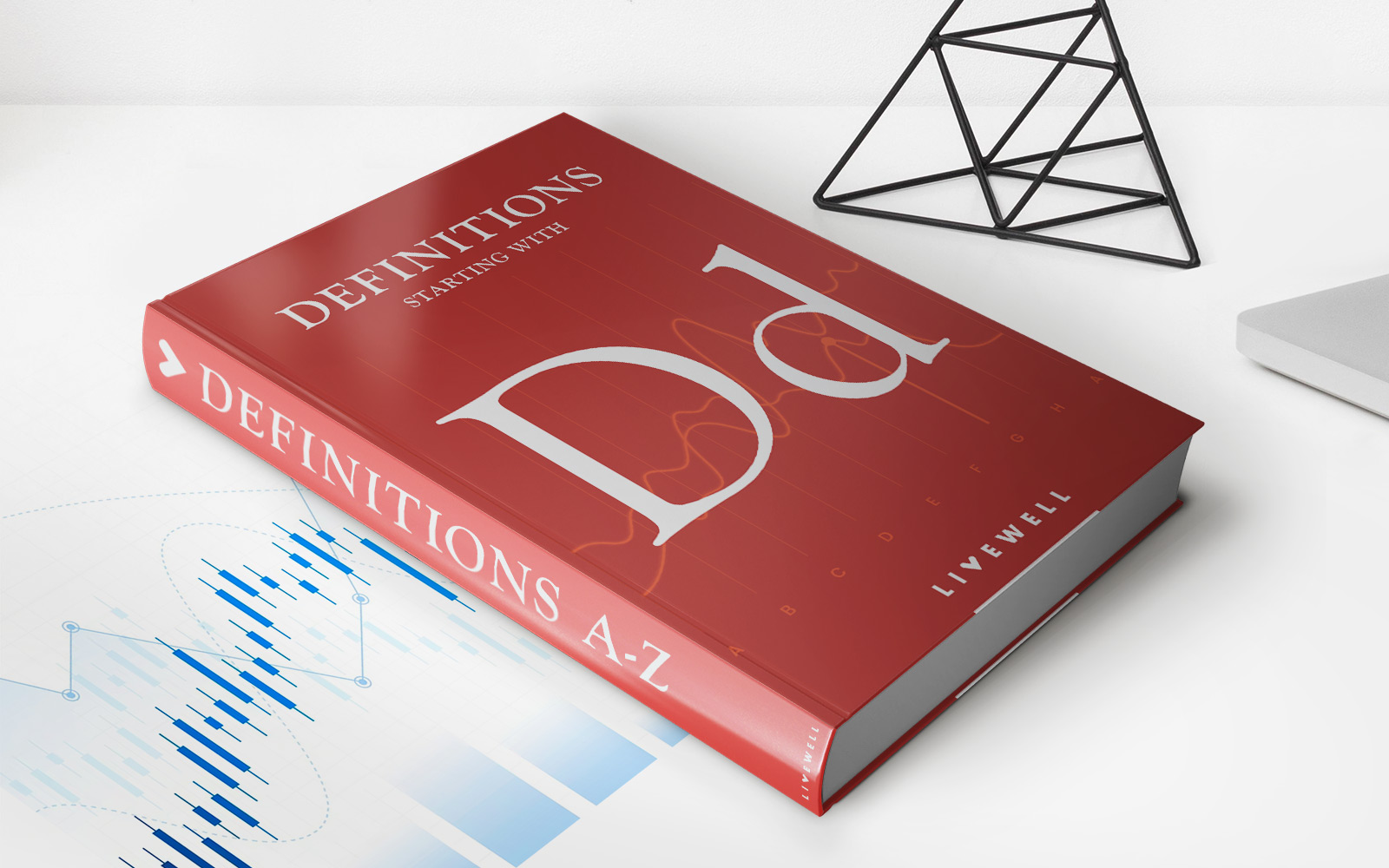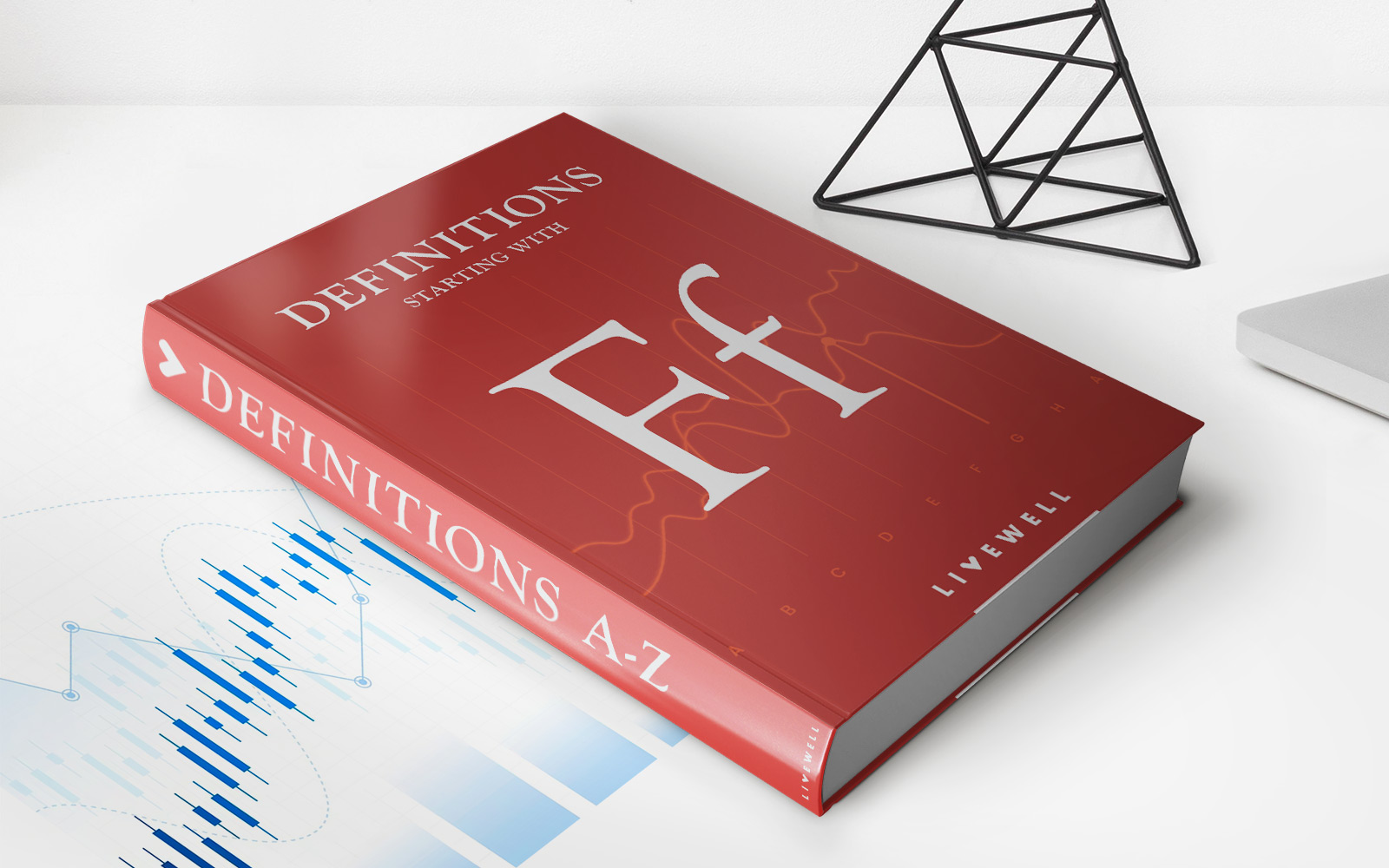Home>Finance>On-Chain Governance: Definition, Types, Vs. Off-Chain


Finance
On-Chain Governance: Definition, Types, Vs. Off-Chain
Published: January 2, 2024
Learn about on-chain governance and its different types, including how it compares to off-chain governance. Discover the role of finance in shaping these governance mechanisms.
(Many of the links in this article redirect to a specific reviewed product. Your purchase of these products through affiliate links helps to generate commission for LiveWell, at no extra cost. Learn more)
On-Chain Governance: Definition, Types, Vs. Off-Chain
Are you familiar with the concept of On-Chain Governance? If you’re interested in the exciting world of finance, understanding the intricacies of on-chain governance is crucial. In this blog post, we will explore the definition of on-chain governance, discuss the different types, and compare it to off-chain governance. By the end, you will have a comprehensive understanding of this fascinating concept.
Key Takeaways:
- On-chain governance refers to decision-making processes occurring directly on the blockchain.
- There are three main types of on-chain governance: Delegative, Constitutional, and Futarchy.
What is On-Chain Governance?
At its core, on-chain governance refers to the decision-making processes that occur directly on a blockchain. It allows participants within a blockchain network to collectively decide on changes, improvements, or amendments to the blockchain’s protocol, rules, or parameters. This decentralized approach to decision-making ensures that the governance process is transparent, inclusive, and resistant to censorship or manipulation.
Now, let’s explore the different types of on-chain governance:
1. Delegative Governance
In delegative governance, participants within the blockchain network can delegate their voting power to trusted individuals or entities. These delegates, also known as validators, represent the interests of their delegators and vote on their behalf. This system allows for greater scalability, as participants can delegate their voting power to validators with more expertise or resources.
2. Constitutional Governance
Constitutional governance involves the establishment of a set of rules, commonly referred to as a constitution, that governs the decision-making processes within the blockchain network. These rules are typically written in code and are enforced by the blockchain itself. Constitutional governance provides a clear framework for decision-making, ensuring that all participants operate within agreed-upon parameters.
3. Futarchy Governance
Futarchy governance combines on-chain governance with prediction markets. Participants propose decisions or changes to the blockchain network, and the community uses prediction markets to determine the potential outcomes of these proposals. Based on the prediction market results, the decision with the highest probability of success is implemented. This system leverages the collective intelligence of the community and incentivizes participants to make informed decisions.
On-Chain Governance Vs. Off-Chain Governance
So, how does on-chain governance differ from off-chain governance? Off-chain governance refers to decision-making processes that occur outside the blockchain, where decisions are made by a centralized authority or a selected group of individuals. In contrast, on-chain governance enables decentralized decision-making directly on the blockchain, ensuring transparency and avoiding concentration of power.
Here are some key differences between on-chain and off-chain governance:
- On-chain governance is transparent, while off-chain governance may lack transparency.
- On-chain governance is resistant to censorship, while off-chain governance may be influenced by external factors or agendas.
- On-chain governance allows for direct participation and voting by network participants, while off-chain governance may exclude certain stakeholders.
- On-chain governance is more resistant to corruption or manipulation, while off-chain governance may be prone to these issues.
In Conclusion
On-chain governance is revolutionizing the finance industry by enabling decentralized decision-making directly on the blockchain. It provides transparency, inclusivity, and resistance to censorship, setting the stage for a more equitable and efficient financial system. Understanding the different types of on-chain governance and its distinctions from off-chain governance is crucial for anyone looking to navigate the world of finance.
With the rise of blockchain technology, on-chain governance is likely to play an increasingly significant role in shaping the finance industry. Embracing this exciting concept and staying informed about its developments will undoubtedly give you an edge in this evolving landscape.
So, dive into the world of finance, explore on-chain governance, and experience the future of decision-making.














